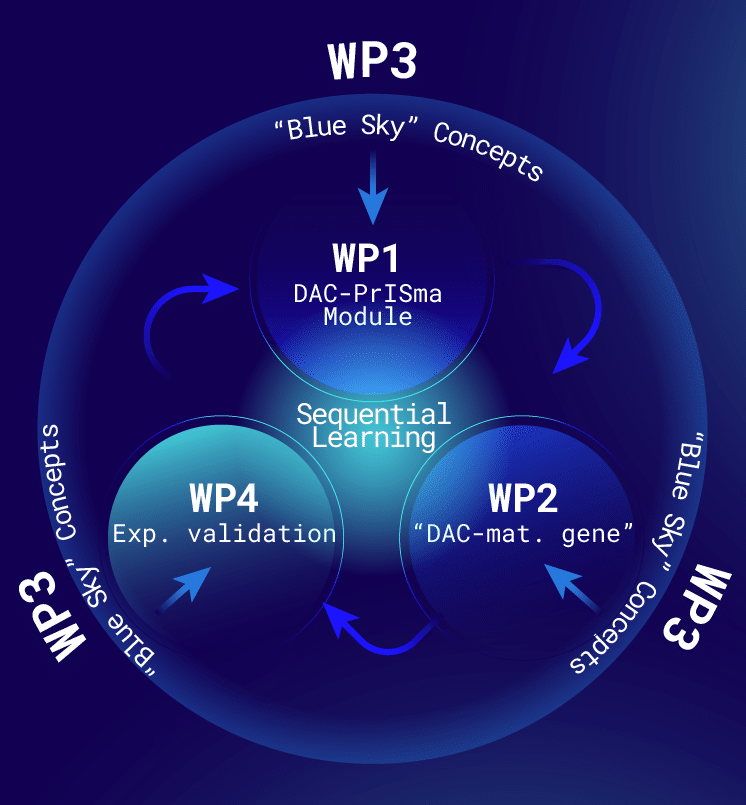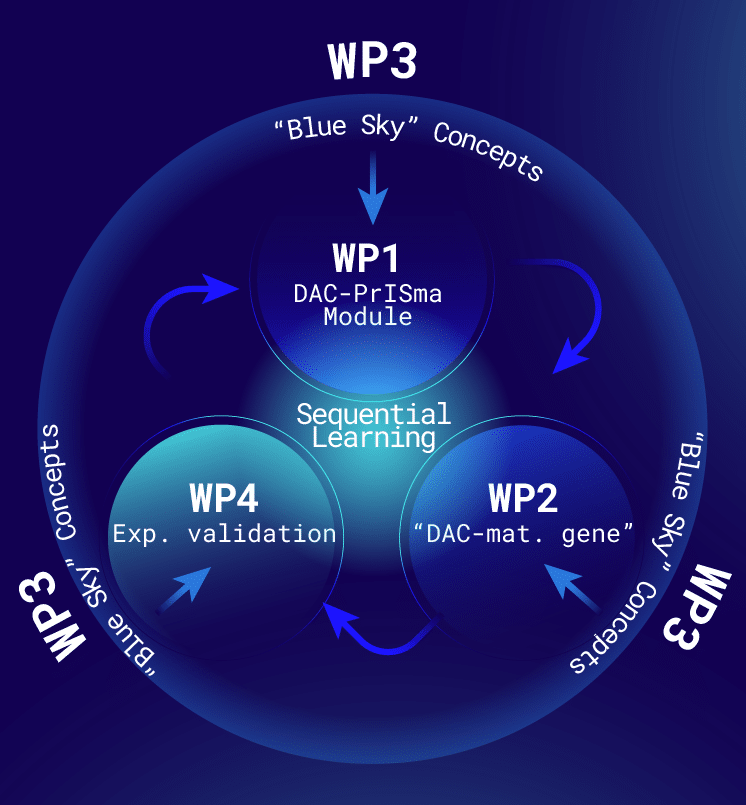About the project


In addition to substantial cuts in greenhouse gas emissions, humanity needs to remove a large amount of carbon dioxide, CO₂, from the atmosphere to meet agreed climate targets. Using engineered processes, ‘direct air capture’ (DAC) has the potential to operate at scale with a nearly unlimited capacity to capture CO₂ from the atmosphere, provided that the captured CO₂ can be stored permanently. The large-scale deployment of DAC technology however faces several challenges, including high water and energy consumption of producing a high purity CO₂ gas stream and the system’s significant capital and operating cost.
Usorb-DAC aims to unlock the scalable potential of direct air capture by addressing its affordability issue while maintaining scalability, flexibility, and ease of capture verification. By coupling basic science with engineering, technoeconomics and environmental aspects, an in-depth understanding of materials structure-property-performance relationships will be developed across different time scales and under relevant and realistic DAC operation conditions.
To do this, we will extend our previous PrISMa screening platform to include DAC, which will allow us to screen all kinds of materials for different sources and sinks of CO2, ranking them according to different indicators. We will decrease the time to market of affordable, cost-competitive, low environmental impact, and resource-efficient direct air capture technologies


Monitoring and Management
Project management and monitoring, health and risk management, research data management and dissemination of results. Different meetings and gathering are organised between project partners, to catalyze collaborations and guarantee our “circular connections” stay strong.
DAC-PrISMa Module
Extension of PrISMa platform for material screening to DAC studies. This platform screens all kinds of materials for different sources and sinks of CO₂ and ranks materials depending on key performance indicators (KPIs). For DAC, the KPIs will be based on the specific carbon abatement requirements and the different CO₂ delivery options. The DAC-PrISMa module will guide the synthesis of novel sorbent materials.
DAC-Materials Gene
Hundreds of thousands of materials will be screened and ranked for specific KPIs to identify the best-performers and their characteristics (the “DAC-materials gene” ). This enables the effective design of new and advanced materials at the molecular level with the optimum economically and environmentally DAC process-informed properties.
Unconventional DAC separation concepts
Development of novel DAC separation processes based on novel types of materials. Unconventional stimuli, e.g., microwaves, as a more energy efficient CO₂ regeneration mechanism will be explored.
Synthesis, characterization, and performance-testing
Synthesis, characterization and testing of promising novel sorbent materials with the optimum properties for DAC processes and validation of the platform predictions.
Academic partners

Industrial partners

